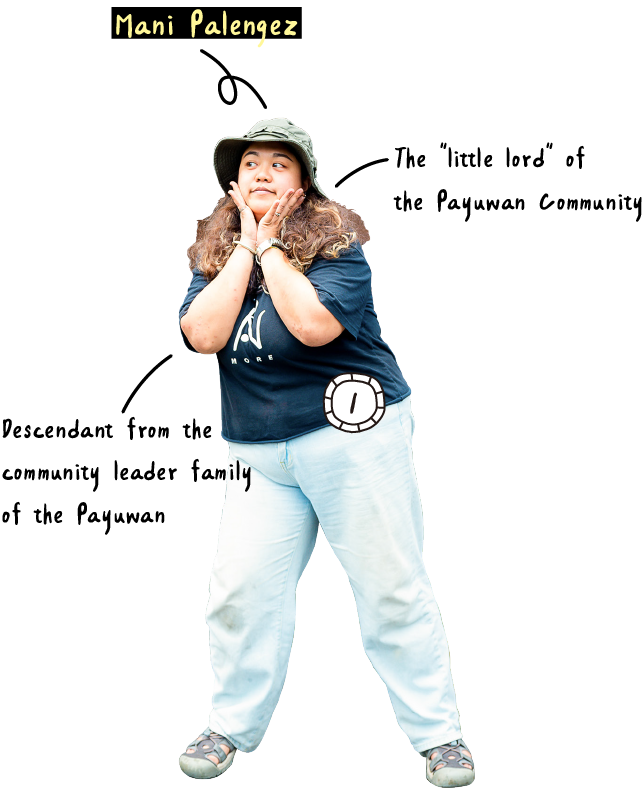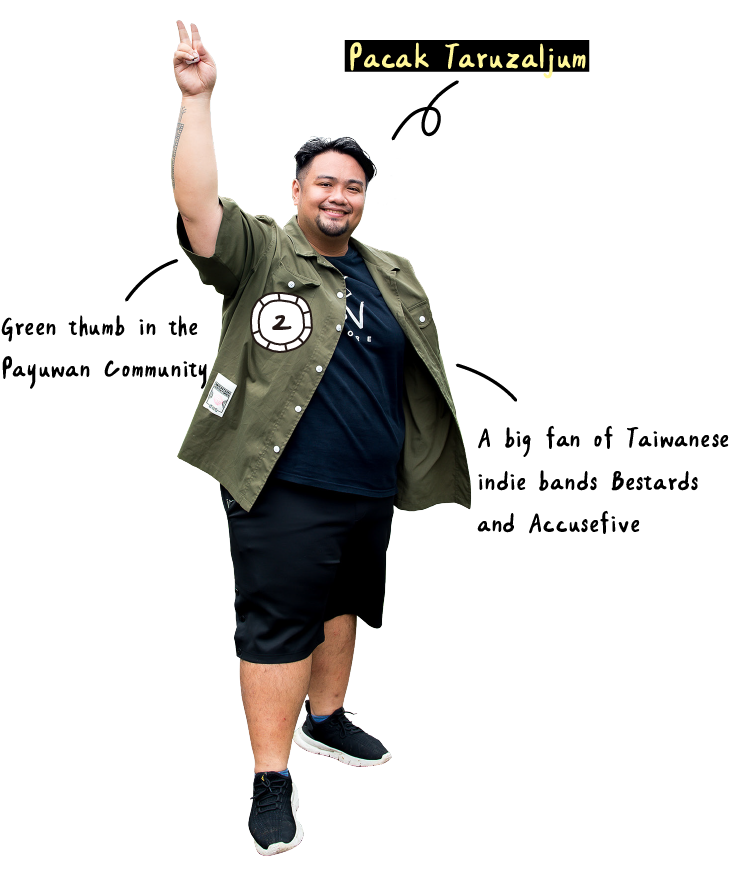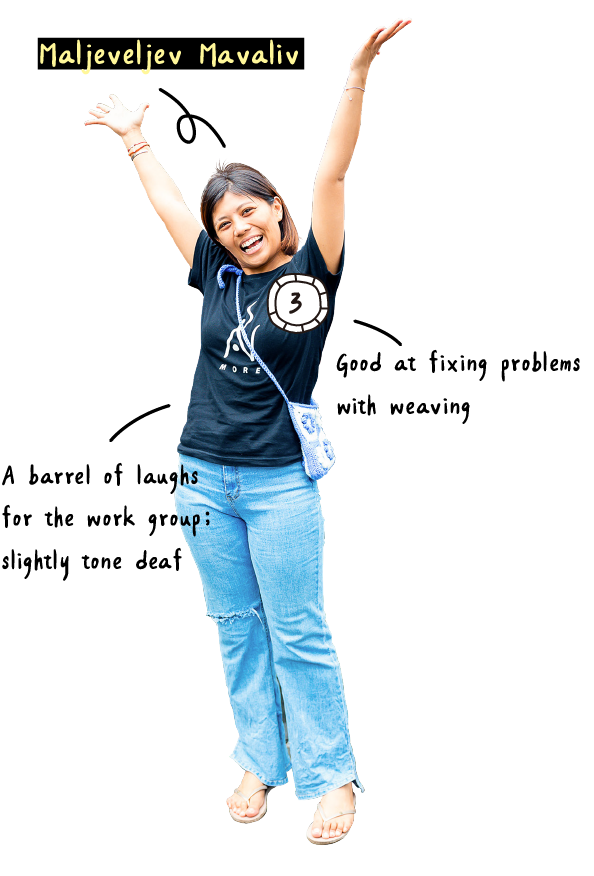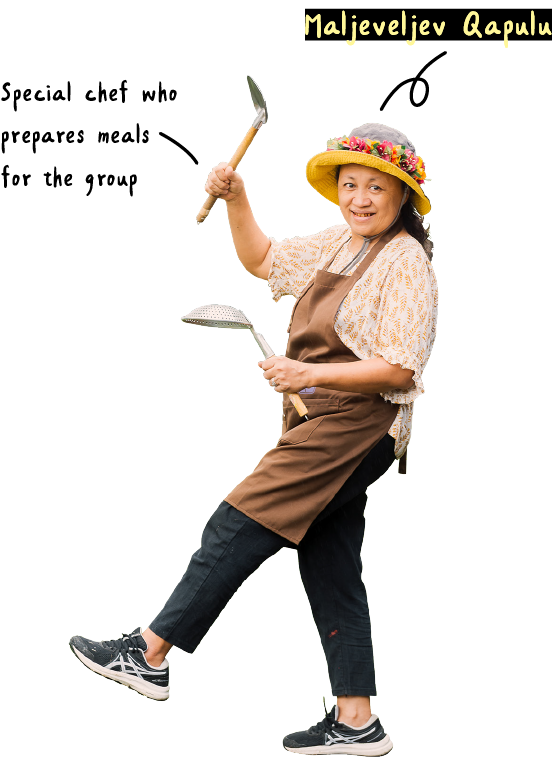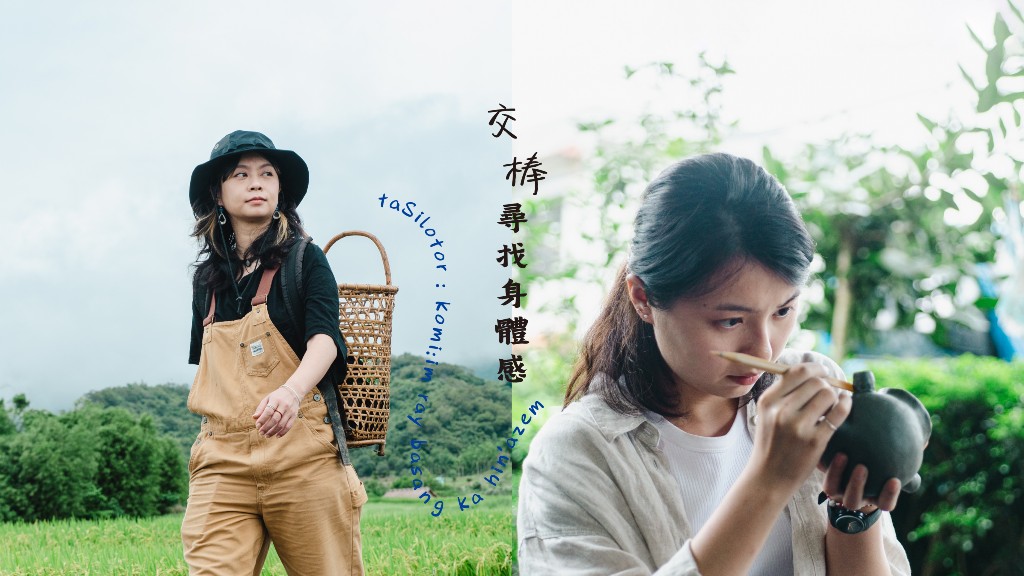The Payuwan Community of the Paiwan, is located in the Majia Township, Pingtung Country. During the Japanese colonial era, it was dubbed “the Black Kingdom,” inspired by the Japanese people’s first impression of the village. When they saw from across the slope of the mountain the stone-slab houses built along the hillside, the dark roofs sparkled in the sunlight like the scales of the hundred-pace viper reflecting the light. Rows of houses stretched like several black hundred-pacers that dominated the mountains.
Throughout history, the Payuwan Community has undergone four migrations before settling in its current location. It was first located in Kapaiwanan at the lower left of the present site, which was lower in altitude and close to the river. Later, due to the pressure of the growing population, the villagers were forced to move out in search of arable land and therefore established several minor communities. During the Japanese rule, the colonial government began to extend its reach into the mountains, bringing the Payuwan Community under its control. In 1934, after the community was hit by a landslide, many of its subgroups were persuaded by the Japanese to relocate collectively to the current site, along with the elementary school and the police station. In its heyday, the Payuwan boasted twenty-six minor communities and two thousand-plus people. Lastly, the postwar period saw the increasing appeal of the lowlands, which urged the entire community to migrate down the mountains for the convenience of education, medical care, and commerce. Since then, the community has split into several subgroups spreading out across Pingtung and Taitung in townships such as Majia, Sandimen, Jinfeng, and Taimali.
After the community left its original site, the stone-slab houses were left to fall derelict and collapsed. In recent years, the reconstruction work of the Payuwan community has been launched under the assistance of the public and private sectors.?The project was supported by the young descendants from the community who formed the Sepayuan∞more work group with a view to reconstructing the memories of their home village, as well as passing on the lifestyle and spirit of the Paiwan to the next generation through practical actions. At present thirteen traditional houses have been rebuilt. Once again, spirals of smoke from cooking stoves, the Paiwan language, melodies of the nose flute, and tales are seen, heard, and told in the Payuwan community, reminding people of the sparkling Black Kingdom of Payuwan of the past.

